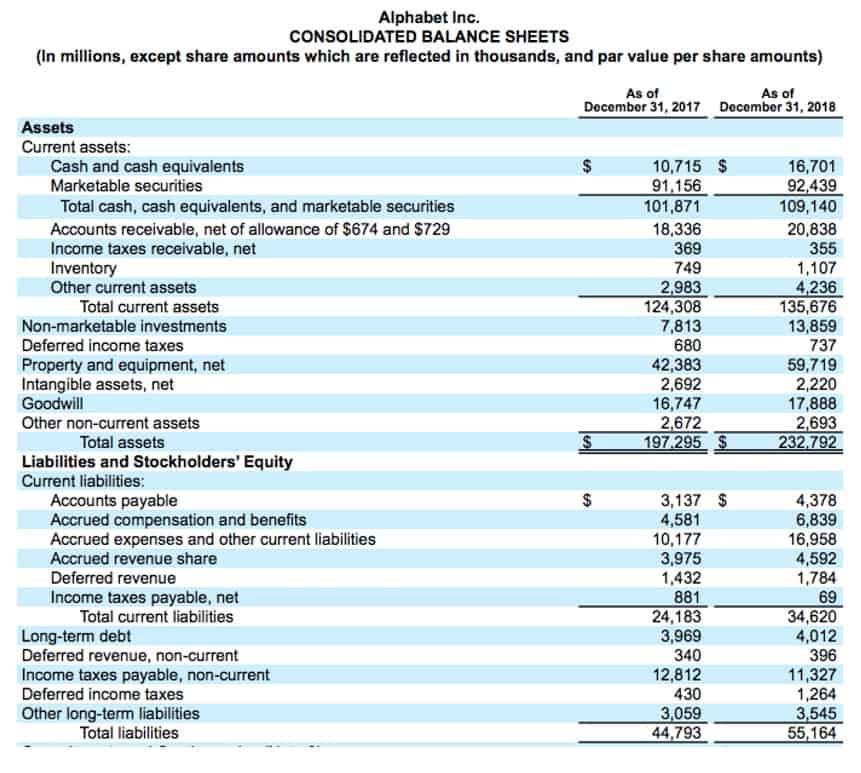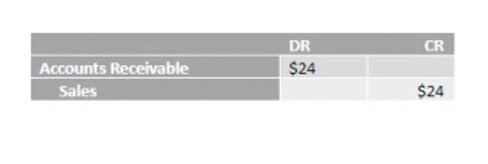
With so many accountants to choose from it can be hard to find the best accountant in Kansas City, Accounts Receivable Outsourcing Missouri to work with. ClearlyRated helps you find the top Kansas City accounting firms as rated by actual clients. Whether you are a business owner or an individual looking for professional CPA services in or around Kansas City, Reller & Company is a great option.
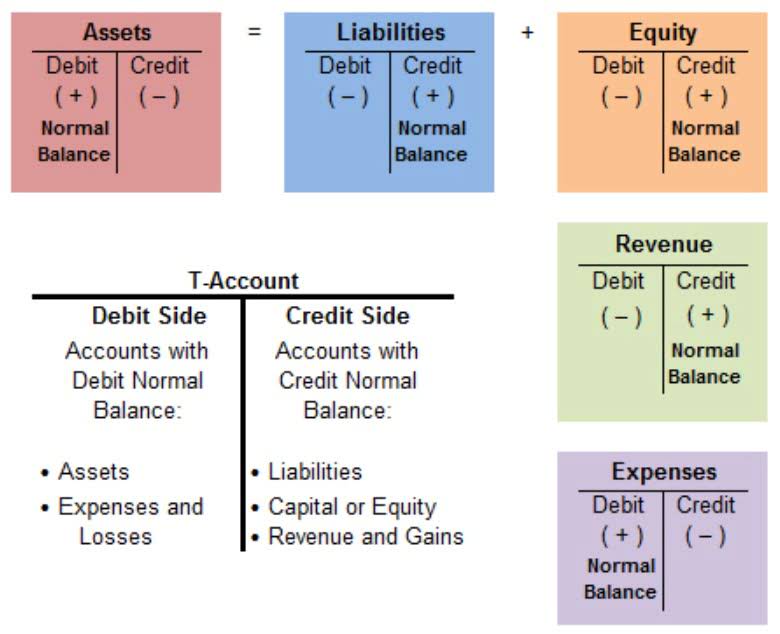
Tax Preparation Checklist

This company is at the top of our list for a reason, the level of service they give to their customers payroll is indisputably unmatched in the Kansas City area. AM CPA provides all the accounting services ranging from accounting, tax, to consulting but with a personal touch. The firm takes care of all the financial and accounting needs of your business so that you can focus on growing your business.
Kansas City Office
However, unlike many other CPA accounting companies out there, they also provide IT consulting services. Many savvy managers will readily recognize the potential benefits of partnering with a CPA accounting firm that can also offer valuable guidance on IT concerns. Hutchins & Haake, LLC, is a full-service accounting and consulting firm serving individuals and medium-sized corporations in Kansas City.
- Kansas City is situated in the western part of the state Missouri.
- We prioritize a collaborative relationship with our clients, and as such, we do not engage in charging our clients for every interaction.
- When you are under stress as a business owner, it somehow trickles down to your team/employees as well.
- The CPA designation signifies a higher level of qualification, specialized knowledge, and broader service offerings in the field of accounting.
- Businesses sometimes don’t appreciate the full value of a good accounting firm and the benefits it provides.
Blogger Local
- The firm has been appearing as one of the “Top 25 Accounting firms” in the Kansas City Business Journal for the past 5 years.
- HG + CO Accountants is a Certified Public Accountant firm offering traditional accounting services under a modern business approach.
- Many savvy managers will readily recognize the potential benefits of partnering with a CPA accounting firm that can also offer valuable guidance on IT concerns.
- With 10 years of experience, Williams Tax and Accounting is the smart choice for bookkeeping, QuickBooks consulting, and income tax preparation services.
- The firm cares deeply about its clients and offers customized solutions for burdened business owners looking for financial counsel.
- Click the button below to schedule a day/time that works for you.
- Also, you get 24/7 access to all of your tax, accounting, and business information.
They treat you as a partner to help you ease the burden of dealing with the financial side of things. The firm is especially adept at assisting those transitioning from high-tax regions to friendlier, low-tax states. Ask other business owners, vendors, or contractors you do business with. A wrong CPA does not only cause financial loss but also a major loss to your reputation in the market. At some point, if you contact your clients asking for a year’s worth of VAT to cover what you owe, you’ll surely appear unprofessional. Hiring an inexperienced CPA can make your business vulnerable to losing information and becoming late on important payments.
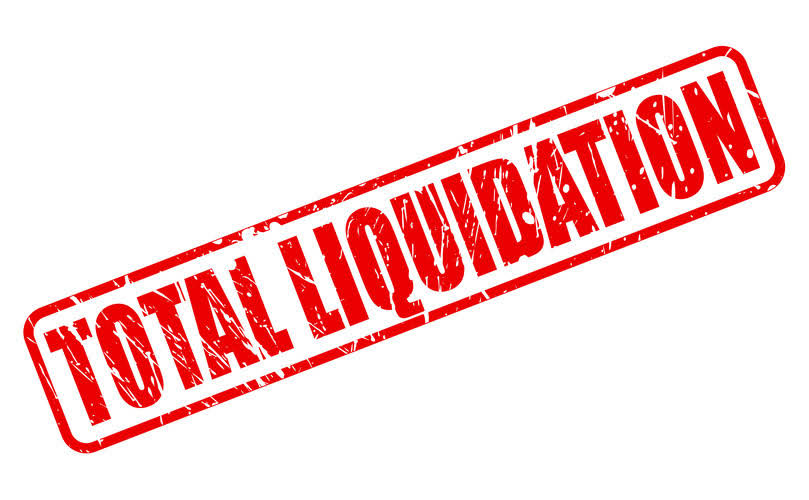

No one should act upon such information without appropriate professional advice after a thorough examination of the particular situation. Beyond the unique geography, Kansas City is home to over 50,270 businesses of various sizes. The overall employment rate continues to recover post-COVID-19 with hospitality, professional and business services, transportation and utilities, and manufacturing rated as the top industries by employment. In 2021, seven area companies were included on the Forbes 1000 list and three companies were included on Forbes Largest Privately Held Comapanies list. The affordable cost of housing, access to services and central location have made KC a desirable location for both employers and families.
- Started in 2015, Hovee & Company provides ongoing accounting services designed for small businesses.
- Emerick & Company has long been recognized as one of the premier CPA accounting firms in Kansas City.
- Fulling Management & Accounting is an Olathe-based firm that serves businesses in Kansas City.
- With specialized knowledge and experience serving the agriculture, construction, dentist & physician, local government and manufacturing industries, our team stands ready to assist.
- If you feel hesitant to request some information or ask questions, consider finding a new CPA.
How to Find the Right Professional Business Broker
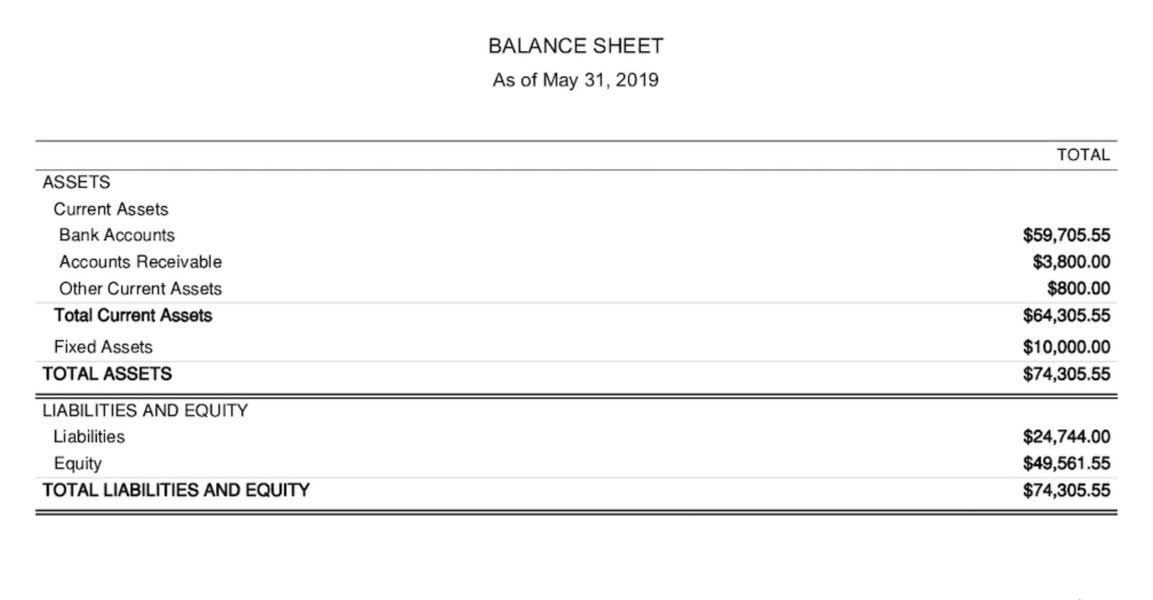
Instead, we prioritize understanding you and your enterprise, allowing us to offer tailored assistance and guidance. Jitasa’s tax specialists have filed more than 4,000 tax returns for nonprofits of all shapes and sizes. In addition to your IRS Form 990, we’ll prepare any bookkeeper kansas city other forms you may need. Use the RFP submission form to detail the services KPMG can help assist you with.


